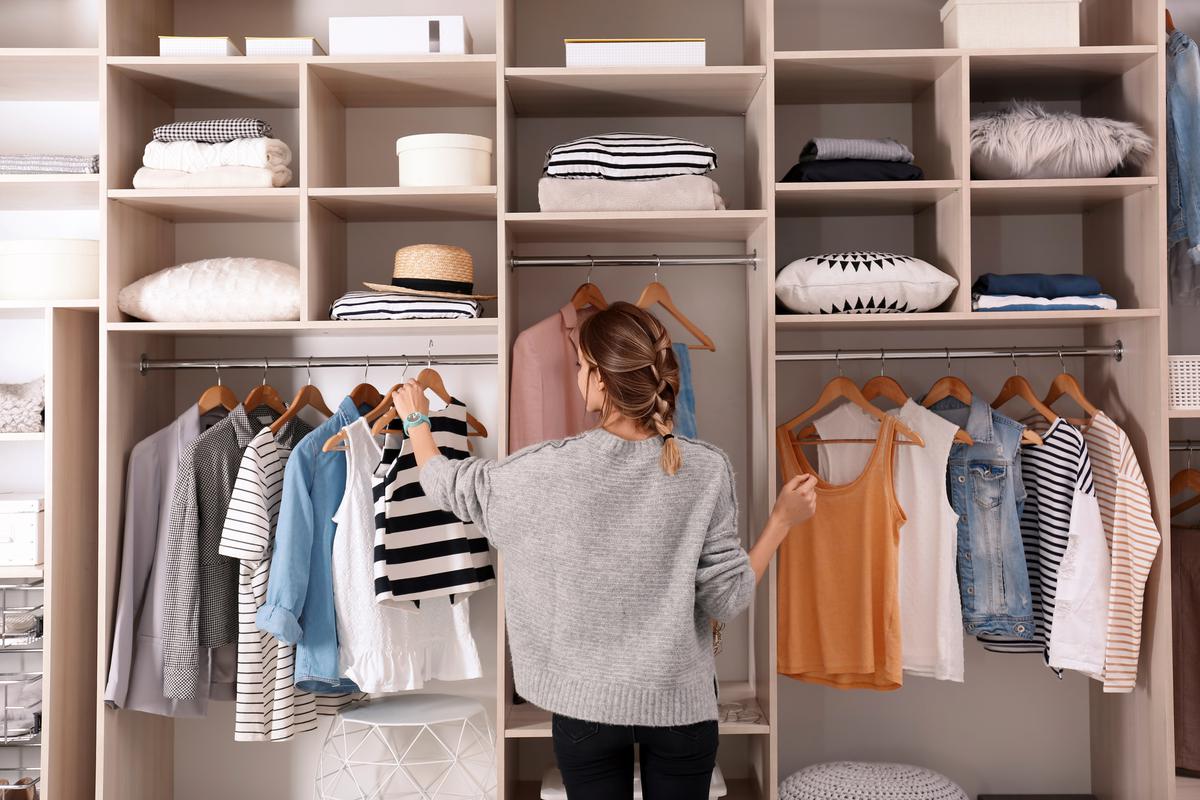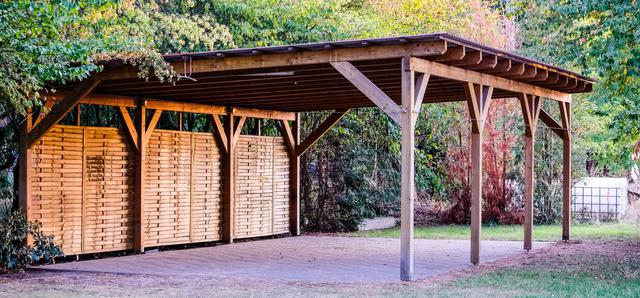Walk-In Closets
Walk-in closets are the largest type of closet and offer the most storage space. They are typically found in larger homes and are often located in the master bedroom. Walk-in closets can be customized to fit your specific needs, with features such as built-in shelving, drawers, and hanging rods. They are perfect for those who have a lot of clothing and accessories to store.
Reach-In Closets
Reach-in closets are smaller than walk-in closets and are typically found in smaller homes or apartments. They are designed to maximize storage space in a smaller area. Reach-in closets can be customized with features such as shelves, hanging rods, and drawers. They are ideal for those who have a moderate amount of clothing and accessories to store.
Wardrobe Closets
Wardrobe closets are free-standing units that can be moved from room to room. They are designed to provide additional storage space for those who don't have a built-in closet. Wardrobe closets come in various sizes and styles, from small units with just a few shelves to larger units with multiple hanging rods and drawers. They are perfect for those who need additional storage space but don't want to invest in a built-in closet.
When choosing the right style of closet, it's important to consider your storage needs, available space, and budget. Each style has its own unique advantages and disadvantages, so take the time to evaluate your options before making a decision.
Materials and Installation
Choosing Quality Materials
When it comes to adding a closet, your choice of materials will significantly impact the final product's quality. You want to ensure that the materials you choose are durable and can withstand the weight of your clothes and any additional items you plan to store in the closet.
One of the most critical materials to consider is the closet rod. You will need to choose a sturdy rod that can support the weight of your clothes without bending or breaking. Metal rods are a popular choice due to their durability, but wooden rods can also work well if they are thick enough.
The shelves and brackets you choose will also be crucial to the closet's overall strength and stability. Look for high-quality materials that will not warp or bend over time. Additionally, consider adding a backing to the shelves to provide additional support and prevent items from falling behind the shelves.
Professional vs. DIY Installation
When it comes to installing a closet, you have two options: DIY or hire a professional. While DIY installation may be tempting, it's essential to consider the complexity of the project and your level of experience.
If you have experience with home improvement projects and feel confident in your abilities, DIY installation can be a cost-effective option. However, if you're not comfortable with the necessary skills, it may be best to hire a professional to ensure the closet is installed correctly.
Professional installation can be more expensive, but it can provide peace of mind knowing that the closet is installed correctly and will last for years to come. Additionally, professionals have the necessary tools and expertise to handle any unexpected issues that may arise during the installation process.
Budgeting and Planning
When planning to add a closet to your home, budgeting and planning are essential. Here are some considerations to keep in mind.









comments